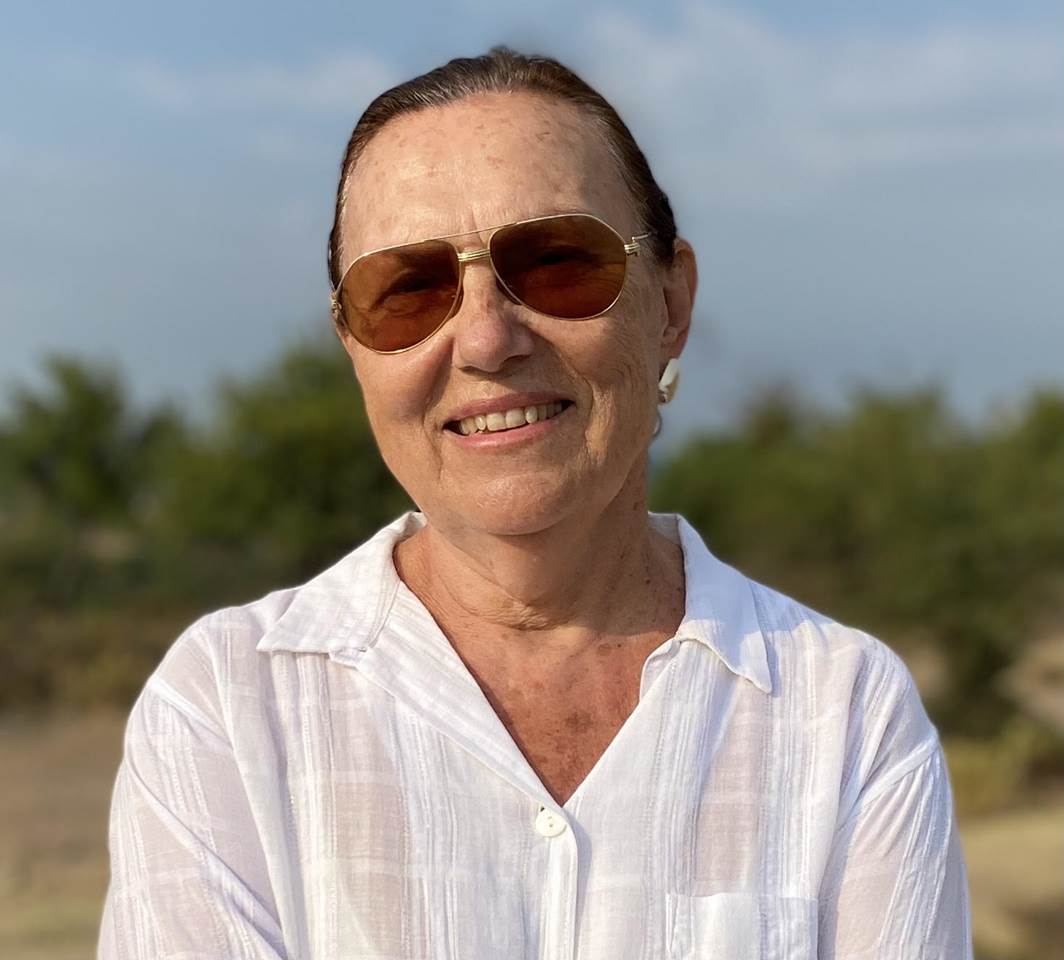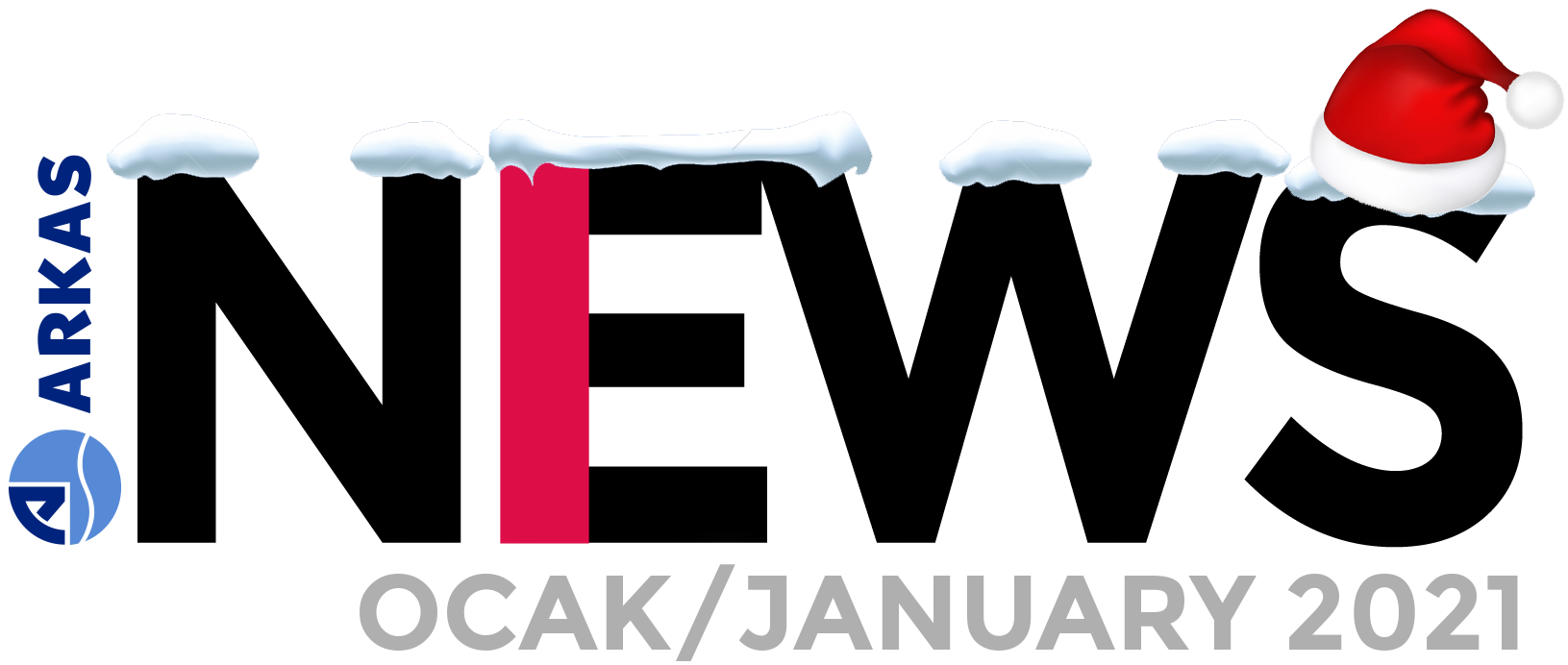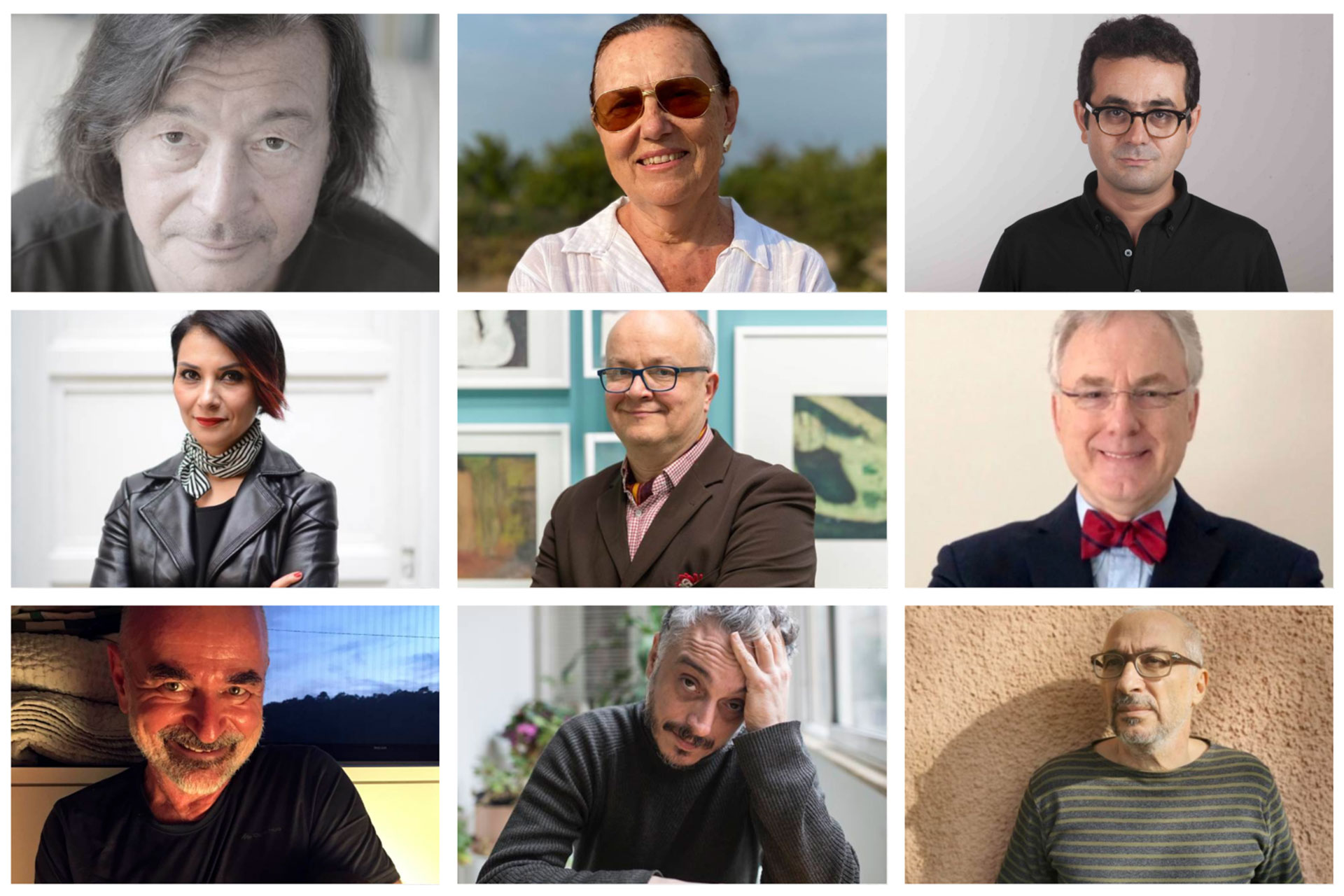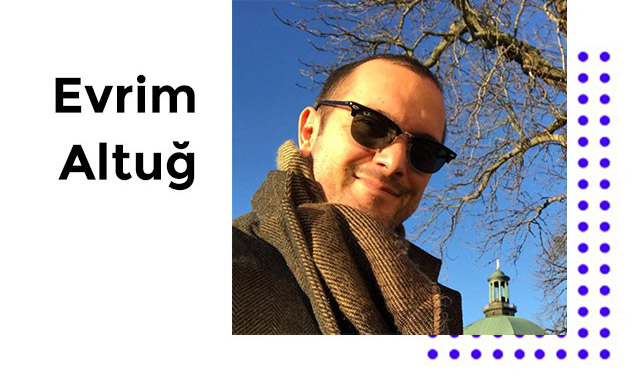
Dear Arkas News readers,
While leaving behind a year that tested almost every one of us, both from within and outside, for a number of reasons and brought us closer to one another or caused a dramatic social distance, we have conferred with some of the pioneers in our arts and culture community about what to expect from 2021, the new year of the 21st century (for now), in terms of the atmosphere it will set for the composition of art in the world.
It is safe to say that we ended up with a compilation full of diversity and surprises, just like a Christmas tree. We hope these expectations and comments will prove useful for you, too, and help you navigate into the future with a more positive and farsighted approach. Happy reading!
Özalp Birol /General Manager (Suna and İnan Kıraç Foundation, Culture and Art Enterprises)
The year 2020 came with such an upheaval that it changed our perspective towards the world, incidents, ourselves, and life itself. It broke the routine and although we might not have realized it at first, it marked the beginning of a new era.
The world and nature gave a clear and harsh message to humankind, aimed at people’s ambitions and mistakes.
We need to categorize the 21st century into two parts as the 21st century – A and the 21st century B, separating its first 19 years from the rest, as pre-pandemic and post-pandemic. And I hope there is no further chaos in our future…
The art in 21st century had already embarked on a digitalization journey. We saw this change in the biennials held in various cities around the world, particularly in Venice. This process is expedited with the pandemic and the unavoidable circumstances that came with it.
Art will carve its own path through all crises and chaotic situations as it has been doing for centuries. I believe that during the pandemic, and in its aftermath, we will see more collective works of art that are co-produced by artists who question more, criticize more, and offer more alternatives than before on the subjects of the world order and models imposed by globalism, fast production and consumption in particular. In this context, I think we will also see joint projects between institutions of art. Themes such as natural and environmental awareness, being satisfied with less, being more humble and slow living will come into prominence and will be reflected in the works of artists in terms of both their content and production.
The way the institutions and organizations of art and culture do business and their operating models will change, while a considerable part of the technology-based online solutions in related fields (works of art, auctions, exhibitions, meetings, etc.) will be permanent and used together with physical solutions. As these changes take place, it is of utmost importance that the “humans” are not excluded from the system and continue to be there by adopting new tasks within emergent models. Otherwise, it will cause social chaos around the world. We will better understand the healing power and the importance of culture and art in these critical times we are going through.

Cem Erciyes / Critic, Journalist, Executive Editor at Doğan Kitap
The popular joke of the new year is that we are getting rid of 2020. And that’s exactly why we celebrate the New Year’s Eve. We embrace the possibility of leaving all the bad things behind and moving forward in time towards what is new, beautiful, and good.
This year, this possibility is more valuable than ever because we all want “it to end”. We want this pandemic, which killed millions of people around the world, to stop; we want the climate crisis, which causes little children to give up hope about their future, to come to an end; we no longer want to live under the threat of an earthquake that can be the end of Istanbul; and we want to get rid of dictatorships that are in power all across the world.
But we know well that these issues will not just disappear overnight when December 31 ends and we enter January 1. Actually, they will be there for many years. We should know since we are the cause of it all. None of these happened by themselves, and they won’t just disappear on their own. If we go on like this, it will be impossible to dream a future and there will be no meaning in producing art.
But we can still save ourselves. Although it is the cause of all these malice, the self-interested human nature is also the only thing we can trust. When we realize that our species is at risk of extinction, our survival instinct will bring us to our senses and humanity will once again manage to safe itself with a sharp maneuver.
You will see…
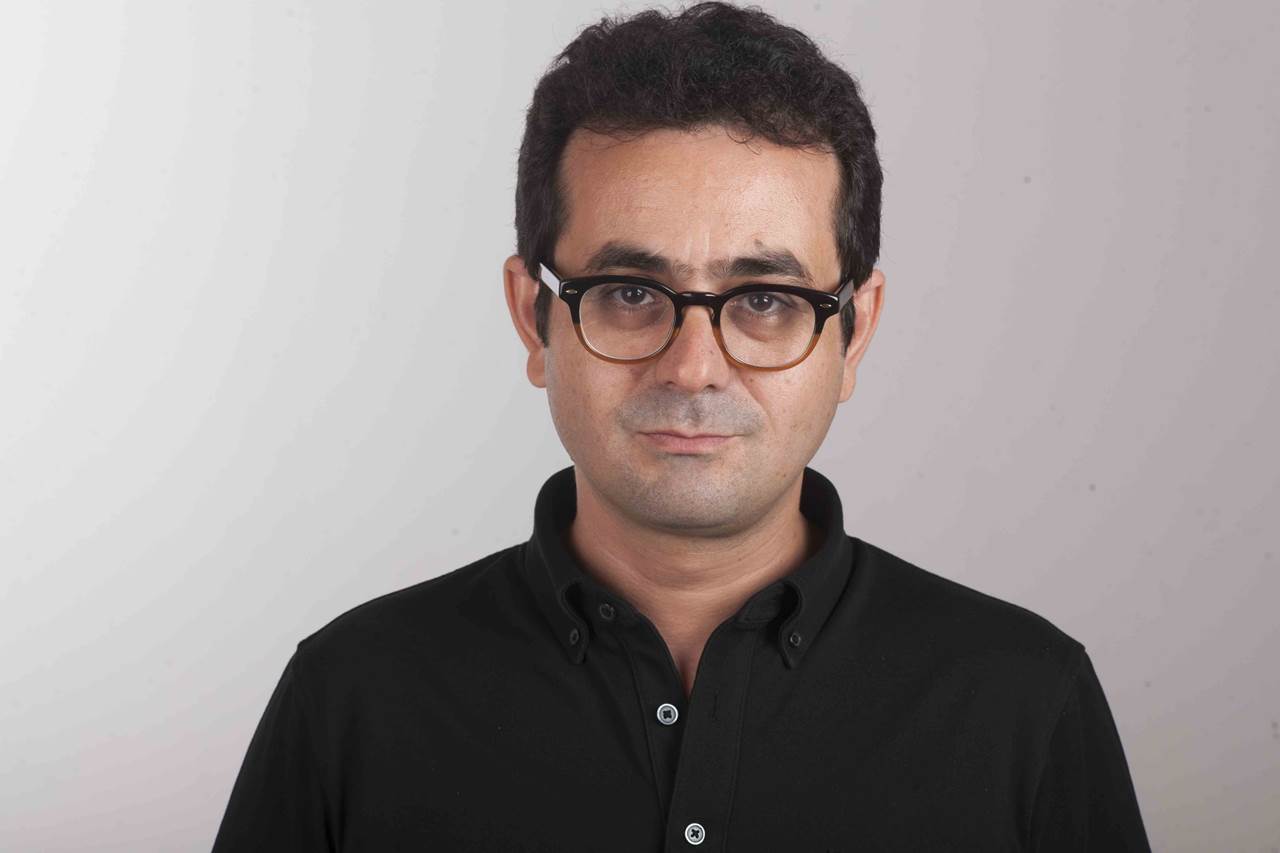
Memed Erdener /Artist
(Portrait photo by Barbaros Kayan)
Hello,
I would like to answer your question with a citation:
“All one needs to do is to listen carefully to the depth of his own being and hear the sound of the unsaid, the novelty that starts with himself. It is only those who give up on their habits acquired in schools, leave behind other people’s emotions and stories and venture deep into the depths of their own nature that can establish a close and private relationship between themselves and art. They then become artists. This is the sole criterion of becoming an artist.”
—Rainer Maria Rilke “Über die Kunst”, page 72, Cem Yayınevi (Translated from the Turkish Translation of Kâmuran Şipal, “Sanat Üstüne”, into English)
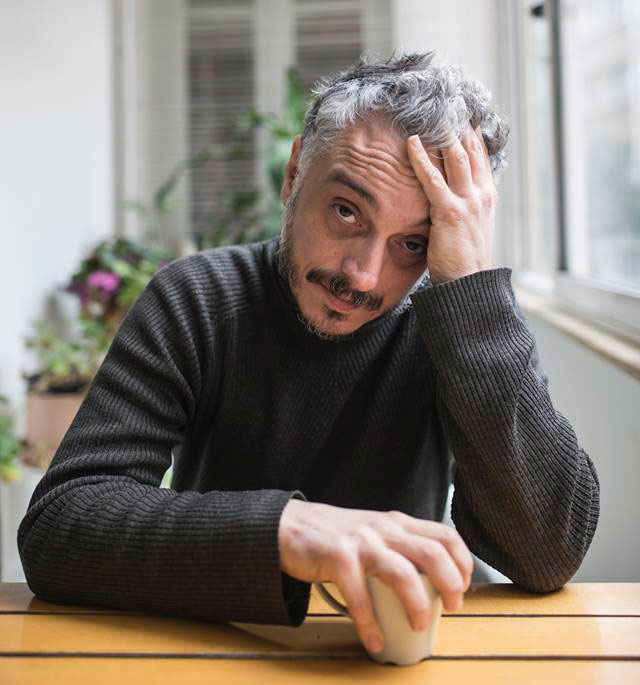
Murat Germen /Artist, Academician (Sabancı University Faculty of Arts and Social Sciences)
We thought highly of the 21st century, held technological advancement in high esteem, and this is why we had unnecessary high expectations. We thought we would achieve a lot, that we made so much progress. As well-equipped and well-educated individuals we believed that we need not be bothered with donkeywork and that certain things were beneath us. We thought we shouldn’t be producing, making efforts anymore but manage that which is produced, instead. We thought we should focus on the result rather than the process, deal with developing ideas/visions/concepts, leaving any actual effort towards what needed to be produced to others or we thought our job was to manage and reuse the content that belonged to others.
We tried to make our jobs seem more valuable by referring to the actual laborers with various titles such as operators, toilers, constructors, workers, craftsmen, etc. After all, isn’t this what we were educated for? Education was no longer needed for enlightenment, but it was there to supposedly “stand on your own two feet” in a fiercely competitive world, to be one step ahead in the endless race. And who needs to be enlightened anyway, right? After all, the more we learn and the more we understand the inner workings of the system, the more we face the the risk of “going mental”. You know what they say: “Ignorance is bliss!”
As a result of all these, we realized the “safest” route to follow was to pretend, be politically correct and focus solely on the subjects that are secretly or openly offered by hegemonic powers. Even certain sensitivities turned into “professional” attitudes that we personally capitalize on; “being sensitive” became a commodity, that is, it turned into playing ball or “circumstantial convenience”.
Naturally, all these aspects of life were reflected strongly in the field of art, as well. The characteristics of art such as being avant-garde, leading the way, and being marginal now started to leave their places to consumer-oriented populism; people discovered they could benefit, in various ways, from creating works on “subjects in high demand”. A mentality, which is not so different than that of a fashion company’s manager, took over: “The most notable kind of art is the contemporary art!” I guess this is also related with how we import all sorts of commodities, and as we do so, how we also import the philosophy that comes with them. A tradesman imports the latest model, having confidence that it will sell. But let’s not forget one thing: that which is old can become more valuable as the time passes.
I will not find any intellectual pleasure in thinking about the future of art in the 21st century, as long as concepts such as opinion, delicacy, respect, modesty, and austerity resurface once again. What we produce these days and what we present as legitimizing aspects along with them, such as found imagery, ready-made objects, machine learning, artificial intelligence, political art, conceptual text, etc. are not convincing enough. Pointing out these inconsistencies is almost banned in this era where people constantly talk about freedom; if you do not obey the ban maybe you will not be placed under arrest by authorities, but you are sure to be displaced from attention.
Well, let me finish with the words of venerable Jalal al-Din Rumi: “Come, come, whoever you are, … Ours is not a caravan of despair, … Either seem as you are or be as you seem!”

Serhan Ada / Writer, Poet, Associate Professor (Istanbul Bilgi University, Management of Performing Arts Department)
They had a “movement” and they were adamant on strongly opposing anything that institutionalized art and turned it into an object of consumption for bourgeoisie and they were determined to throw art, in all its forms, right at the center of life. Most of them lost their lives at the world wars or died young. Isn’t that, after all, the destiny of the vanguard, the avant-garde? But still, they did not pass away without leaving their mark on a century.
In the following years, the word avant-garde turned into a frequently used word in the fields of fashion, consumption, and advertising. It was “domesticated” as some would say. In fact, times have changed. The contemporary works of art (if we still call it contemporary despite the passing time, is it a right term to use?) are seen as the most popular ornaments in the most popular industry: real estate, the bane of the world and the harbinger of financial crises.
The more provocative a piece, the higher its price…
They have “collectives, initiatives, platforms”. They carry names such as “Cultural Cleaning”, “Political Beauty”, and “What Is To Be Done?” inspired by Lenin. They engage in politics where politics is dead, do research where academy no longer works, and prepare long and detailed texts about their works. They are activists in a world succumbed to inertia. Their works (projects) are being exhibited at biennials, galleries and open spaces.
It was the chemist, Lavoisier, who uttered the famous words on to be and not to be after Shakespeare: “…everything is transformed.” As long as there is life on earth.

Ali Akay /Sociologist, Writer, Curator, Art Critic (Mimar Sinan Fine Arts University)
First of all we can establish that art has gone through a change of form. Throughout the history of art, the development of art was based on creation, which now leaves its place to information and communication with each passing day. Maybe artists started to take over some of the duties that journalists failed to fulfill. In this regard, documentaries, the relationship between the history, the memory and the contemporary gains importance. The archival aspect of documentaries replaces the artistic and aesthetic appeal. Fiction, together with reality, puts together an archive. In this regard, the 21st century is a period that can be named as the third stage of labor force or even “the end of labor”.
Rifkin calls this “the era of communication”. In this era that can be called as the age of third industrial revolution, new communication technologies appear along with new teleworks, telelocations, and virtual worlds. And Anthropocene has taken a new turn with the global warming towards ecological devastation. Another aspect of globalization is automation and technological robotization. Artists are also starting to focus on how so many people who earned their living through their labor force are now losing their jobs and how poor their living conditions are.
Having developed in a mercantile capitalist system already, the connection between the art society and the markets is on one hand growing stronger for a small group of artists, but on the other hand, different meanings are assigned to it, too. What artists of our age strive to achieve is to question the world in terms of those who suffer, the asylum seekers, migration, and racism. We have come to a period when artists highlight this array of problems from today’s world and try to shed light on our future. A major difference between this new period and the Realism movement in the late 19th century is that there is no longer a utopia based on labor force. Just as how (Marcel) Duchamp said (Gustave) Courbet’s Realism was “retinal art” and old, today we have entered a new era where we live a catastrophic period feeding on dystopia in addition to realism.
It is now harder to make a distinction between good and evil, which were attributed different meanings for ages by either the religious rituals and stories or the modernity that came with a secular life. The hegemony of populist governments also complicates making this distinction. We started to go across the other side of “beyond good and evil.” Throughout the history, art has never been detached from the conditions of its age. And this attachment, although a bit constrained, still continues today. We are waiting to see new creations. I am not hopeless, and I believe they will emerge; however, I think the conditions are slowing down the process.
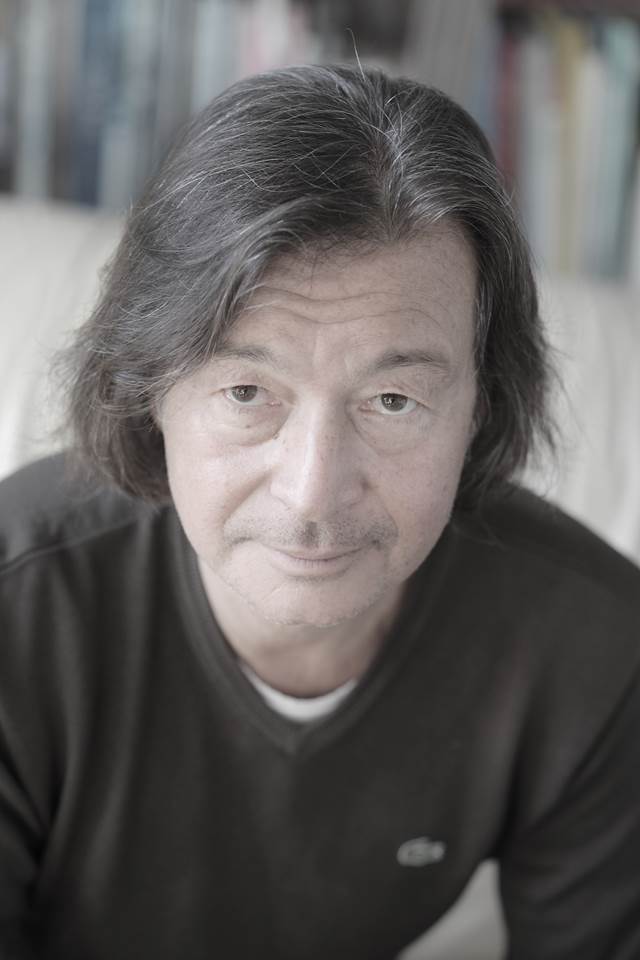
Necmi Sönmez /Curator, Art Critic
Hello,
When I recently found the first edition of Cemal Süreya’s “Beni Öp, Sonra Doğur Beni” (Kiss Me And Then Give Birth To Me), which I thought I had lost, I started to think a poem from that book, the one titled Seviş Yolcu (Make Love, Traveller) might be a good start for 2021.
I wish you all a healthy and happy new year full of hope.
Kind regards,
1.
Homesickness, my dear, is to feel down in the west;
Poppy among flowers, full of Benjamin’s love.
2.
You tracked burial mounds from one city to another;
Listening to the sound of a blind pot cracking.
3.
When he said peace, they stuffed a dove down his throat;
Hence, the Anatolian saint knows no good manners to follow.
4.
So it’s hard to know sometimes,
Haggard elegies from poetry.
5.
Your poem is an ailment of friendship;
A scorpion crawls up your nose when you try and smell hyacinths.
6.
The carcass lays still on a daring coast,
Hence such a mirthless face, so very cold.
7.
With one hand you try to open the door;
The other’s quiver is the mother tongue of the universe.
8.
From the hidden lair of Merkezefendi,
What on earth did you bring to this open air cafe?
9.
In the middle of a city, you’re constantly winding it up,
As if life itself would halt if that watch stopped.
10.
Houses are the serene cesspit of an ancient civilization,
Streets clash and clean one another.
11.
Remember getting off the Taurus Express?
Tickets were the sole identification for you both.
12.
Walk past the orchards, past the parks, the bridges;
It’s a shame I never learned that love needs tending.
13.
Make love, traveller, say your big words and leave;
Cliffs will unite the high hills without bending. (Publisher: e yayınları; editor: Cevat Çapan; October 1973)
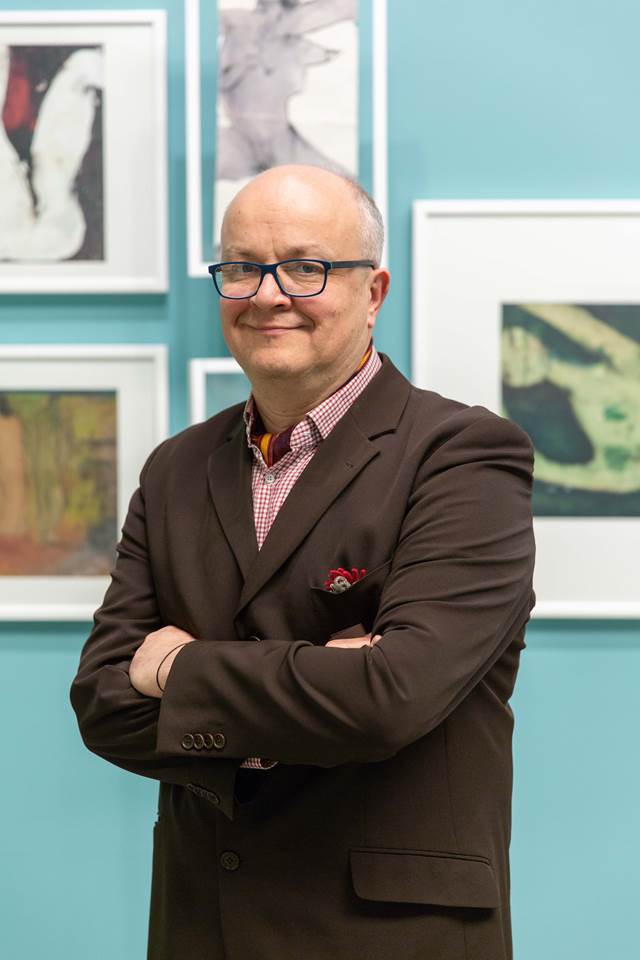
Derya Yücel /Curator, Writer, Art Critic (Director at Sabancı University Kasa Gallery)
The practices of art are a part of both individual and collective experiences. Art is an individual’s realization of self, based on their interests and talents. But, no matter how much an artistic expression includes a solitary act, it is also in relation with social phenomenons by its nature. When we look at the art history, we see that in times of crises, artistic thought and production have always been enriched, new narratives and new mediums appeared. In the history of the world, the year 2020 will be remembered with the pandemic and the crisis it created. During the period of pandemic, we have seen and experienced very clearly how fragile the social, economic, and cultural regimes were. In the field of art, we witnessed the symptoms of a heavily object-centered production, distribution and consumption economy. We once again experienced the economic realities such in terms of visibility, continuity, sustainability, precarity, solidarity and lack of funds and resources. Furthermore, we saw how quickly the way we perceive the world and our daily lives could change. We found ourselves in a period where concepts of time and space were redefined with technological opportunities, the freedom of communication got a new meaning, and the potential of the online world was redefined. This period also changes the meaning, method, and mediums of art.
Art history can be defined as a body of constantly changing styles, techniques, and ideas since its beginning. Nowadays, we witness an intensive use of the newly developed visual technologies in the field of art where various disciplines are used together and in a number of combinations. Most of the differences we notice between the traditional art forms and the digital ones will disappear in time. In our age, an object of art is neither an aesthetic representation nor a means to a political rhetoric; we rather witness its transformation into a virtual image existing in the digital environment, its dissociation from the object and turning into information. With the concepts of time and location going upside down, the “inclusive”, “accessible”, and “ubiquitous” art can function as a living source of information. Traditional exhibition models can change and evolve into collective, collaborative, transparent and flexible presentations. Art can reach a much wider audience by establishing a fast and direct relationship without any time limitation.
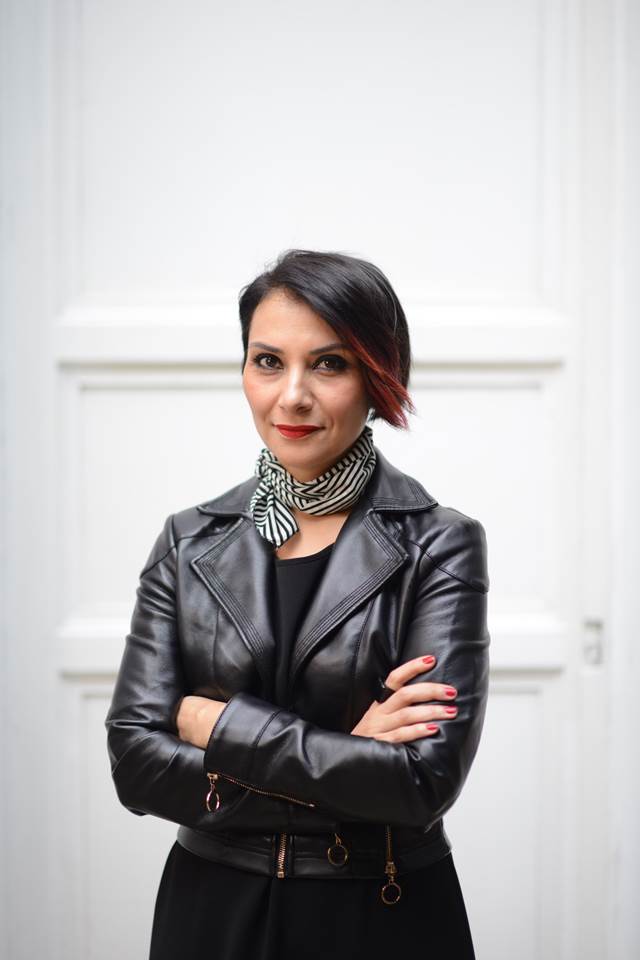
Beral Madra /Curator, Art Critic and Writer
“The centers whose metropolises, and therefore, cultures are invaded by the people from the surrounding countries can no longer approach the environment with the aim of exploiting it; the center found it more rational and useful to propose a mutual benefit through a reconciliation and named it “global cultural synthesis and intercultural dialogue”. It was also a sort of proposal or an obligation towards establishing the 21st century’s global culture together! That’s what we experience and this is an opportunity that we must take advantage of to the fullest extent possible.
Today, the private sector’s investments in the field of contemporary art demonstrate their appetite to be visible and participate in the international economic system. As we experience this reality, we should not be forgetting another one, namely that Turkey has an unsatisfactory position within the global system of contemporary art production. If we say that Turkey was not included in the world map and dictionary of art in the 20th century, this would not be an exaggerated negative judgment nor would it be pessimism but simply the truth. When we look at the first quarter of the 21st century, we see that our country has still not acquired a satisfactory place on this map despite its significant production. This is mainly due to its lack of infrastructure to support contemporary art, insufficient public investment, inability to support creative people and create employment in this field.
Under the current and indeterminate conditions of the pandemic, the question of how culture and art industry will function seeks the answer in online events for now. Artists become much more productive in times of crisis like this and they direct their creativity to the solution of problems. The experts in the field of art also share this characteristic of the artists. The online environment is open to a wide audience and the works of art are presented to the interest and taste of people who can view them or listen to the conferences free of charge. Available museums and art galleries also take part in this resistance. They took the necessary precautions and opened their doors. The art market has already created virtual market conditions and they hold online auctions, offering collectors a variety of opportunities.
When we look at it from this angle, everything seems to be working fine. So why do we question it?
First of all, the vulnerabilities I mentioned earlier, i.e. the poor condition of education, culture, and art infrastructure prove more challenging with the conditions of pandemic that restrict human interactions on a physical and mental basis. Under these conditions, it becomes more difficult for the larger audience to attend the art events and engage with artists and art experts directly, which makes it harder to convey the intended message effectively. Job opportunities for those who studied art and design is becoming even more limited. And most importantly, a vital need for artists and art experts to engage in international circulation and to become visible in global art and culture platforms, is hindered.
If the state and local government does not adjust their culture and art policies to the current conditions, these restrictions will harm the next generation of creative people negatively and keep large audiences from exercising their freedom of expression and affect their critical thinking skills and prevent their access to new, creative experiences. The investments made by the private sector to gain more visibility will also be affected negatively.
In this context, especially the local governments and the private sector share a significant responsibility; culture and art policies must be reviewed, changed, and renewed with the support of the experts. Artists as well as experts on art and culture should also be organized and revive their existing organizations.”
